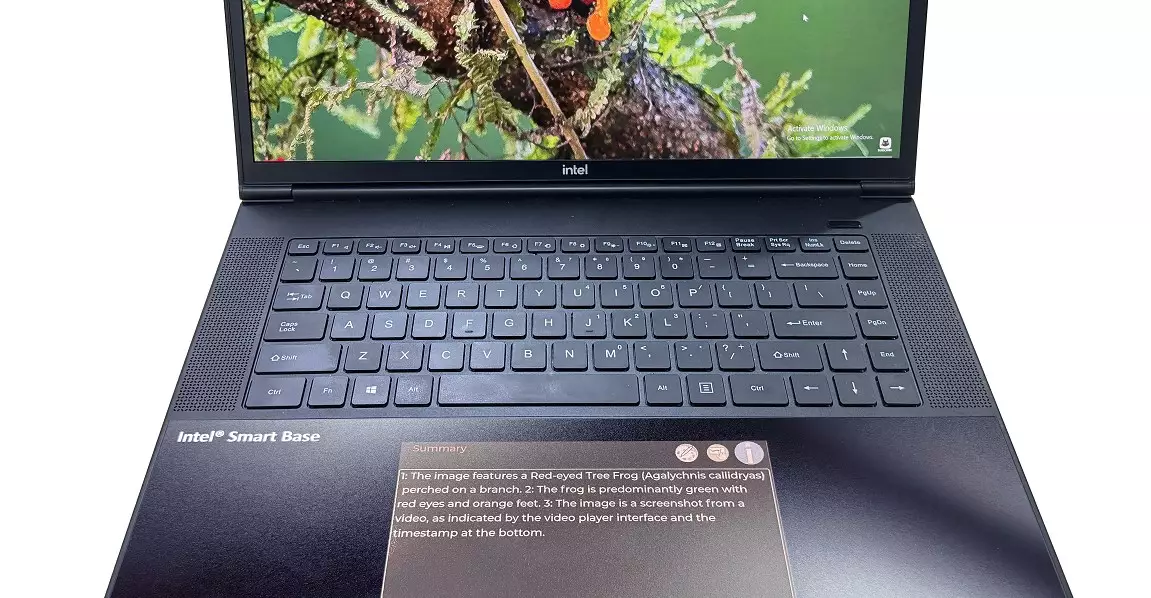In an era where efficiency and seamless integration define successful technology, the introduction of E Ink’s innovative touchpad could be a game-changer for laptops. Unlike the conventional touchpads that serve solely as navigation tools, this new application transforms the humble input device into a multi-functional hub powered by low-energy, high-efficiency display technology. This shift signifies not just a hardware upgrade but a profound reimagining of user interaction with portable computing devices. The core advantage lies in creating a dedicated space for AI integration, contextual notifications, and quick-access controls without cluttering the main screen—streamlining workflows and enhancing productivity.
Potential Benefits and Practical Applications
The promise of a color E Ink touchpad extends beyond just visual novelty. By being a low-power display, it effectively addresses one of the biggest pain points in laptop design: battery longevity. Traditional secondary screens, especially LCDs, drain power rapidly, limiting their utility on the go. E Ink’s technology, which consumes energy only when updating content, mitigates this issue. Imagine maintaining a persistent AI chatbot conversation, with responses subtly displayed beneath your fingers, or displaying pertinent snippets of information without switching windows — all while conserving precious battery life. Additionally, it could serve as a customizable control panel, providing on-the-fly shortcut access, notifications, or even weather updates, all without distracting from your primary work. Such an interface democratizes multitasking by enabling real-time information access in an unobtrusive manner.
Challenges and Skepticism: The Reality Behind the Promise
Despite the allure, skepticism remains valid. E Ink’s technology, predominantly suited for text-heavy content, may face limitations in delivering vibrant, dynamic visuals that users expect from full-color screens. The potential distraction of a constantly active, color-lit touchpad cannot be underestimated, especially in high-focus environments. Furthermore, integrating such a display into existing laptop architectures raises questions about compatibility, performance impact, and software support — aspects that the manufacturer has yet to clarify. The absence of detailed technical specifications and a clear development timeline further tempers enthusiasm. Will this innovation merely remain a concept, or will it evolve into a practical feature embraced by hardware manufacturers? That remains to be seen.
Transforming the Future of Portable Computing
If successfully implemented, the implications of integrating E Ink’s low-power, color touchscreens go beyond mere convenience. They could mark a step toward more sustainable electronics, reducing energy consumption without compromising functionality. For professionals, students, and casual users alike, this evolution represents a shift toward more adaptive and intelligent devices that cater to specific needs without sacrificing portability or battery life. Tech giants and forward-thinking manufacturers have a golden opportunity to reframe the standard, making laptops not just more powerful but more intuitively aligned with human workflows.
Critique and Personal Outlook
From a critical standpoint, while the concept is undeniably innovative, it risks overestimating the capabilities of current E Ink technology. Color displays with high resolutions and fast refresh rates are still an evolving field, and expecting seamless, rich, and dynamic visuals from a technology optimized for static text may lead to disappointment if not managed carefully. Moreover, there’s a danger of novelty overshadowing usability—an overly busy touchpad can become a distraction rather than an aid. That said, the emphasis on energy efficiency aligns perfectly with the growing demand for eco-conscious technology solutions. Ultimately, E Ink’s vision could catalyze meaningful change, but only if it balances technological feasibility with real user needs, avoiding the trap of designing for innovation’s sake. The potential is substantial, but realization hinges on meticulous refinement and a clear understanding of user priorities.

